Nylon is a synthetic polymer that was first invented in 1935. It is often used in textiles, and has many unique properties that make it a popular choice for a variety of applications. One of the most common questions about nylon is whether or not it is waterproof. In this article, we will explore the answer to that question and give you a full overview of everything you need to know about nylon!
What Is Nylon Fabric?
Nylon is a synthetic fabric that was first created in the 1930s. It consists of long chains of chemically bonded molecules called polymers. Nylon is often used in textile applications because it’s strong and durable, and it has a number of unique properties that make it ideal for certain uses.
There are a few different ways that fabrics can be waterproof. One common method is to coat the fabric with a waterproofing agent, such as a polymer or wax. This creates a barrier on the surface of the fabric that water cannot penetrate. Another method is to laminate the fabric, which means bonding it to another layer of material that is impermeable to water. [1]
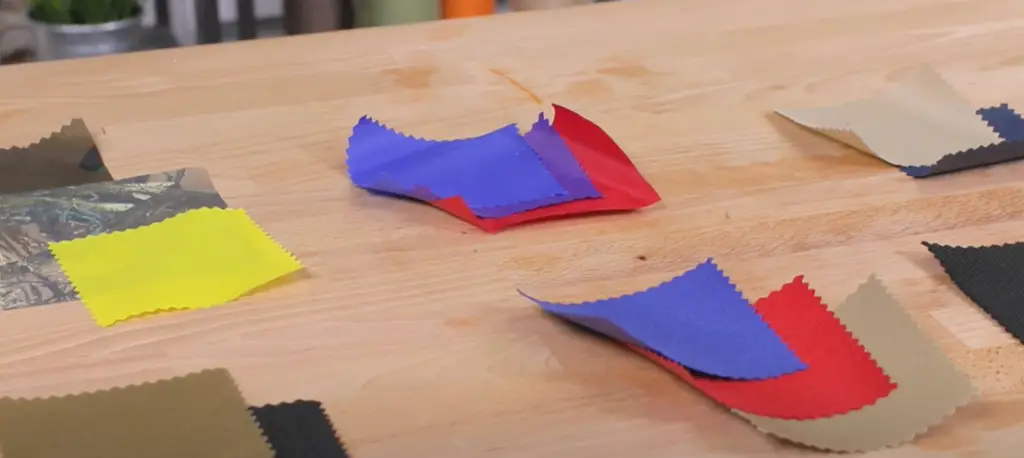
How Is Nylon Fabric Made?
Nylon fabric is made from long chains of polymers, which are molecules that have been bonded together. The process of creating nylon fabric is called polymerization, and it involves combining these long chains of polymers to form a new material.
There are a few different methods that can be used to create nylon fabric. One common method is to melt the polymer chains and then extrude them through a die. This process creates long strands of nylon that can be woven into fabric. Another method is to solution-dye the nylon, which means that the dye is added to the solution before the polymerization process begins. This ensures that the color is evenly distributed throughout the fabric.
Once the nylon has been created, it can be treated with a waterproofing agent or laminated to another layer of material to make it waterproof. [2]
How Is Nylon Fabric Used?
Nylon fabric is used in a variety of applications, due to its unique properties. It is often used in textile applications, such as clothing, upholstery, and carpeting. Nylon is also commonly used in industrial applications, such as ropes, webbing, and tires.
One of the most common uses for nylon fabric is in clothing. It is often used to make shirts, pants, and jackets. Nylon is also frequently used in sportswear, as it is lightweight and breathable. In addition to clothing, nylon can also be used to make other textile products, such as upholstery and carpeting.
Nylon is also commonly used in industrial applications. It is often used to make ropes and webbing, as it is strong and durable. Nylon is also used to make tires, as it is resistant to wear and tear. [3]
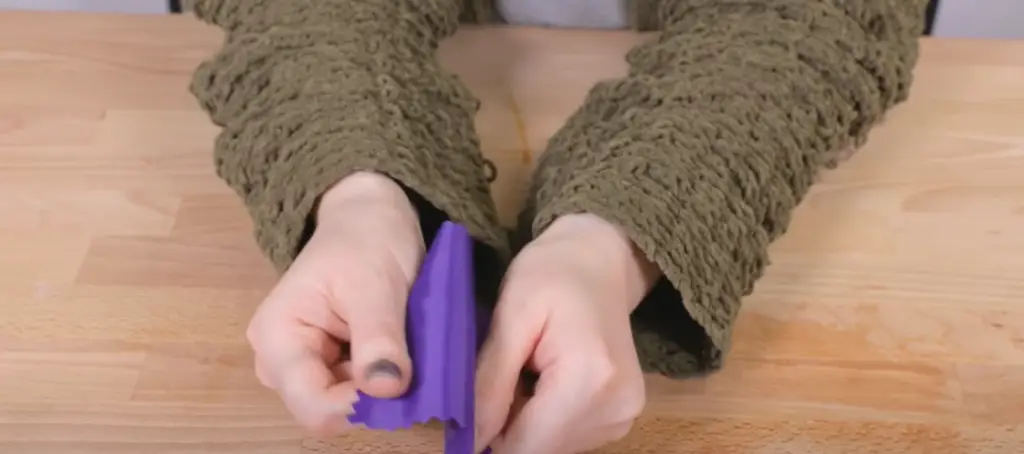
Where Is Nylon Fabric Produced?
Nylon fabric is produced in a variety of countries, due to its high demand. Some of the largest producers of nylon fabric include China, India, and the United States.
Due to its high demand, nylon fabric is produced in a variety of countries around the world. This ensures that there is enough supply to meet the needs of businesses and consumers alike. [4]
How Much Does Nylon Fabric Cost?
Nylon fabric is a relatively inexpensive material, due to its high production volume. The cost of nylon fabric varies depending on the specific type and quality of the fabric. However, nylon fabric typically ranges in price from $0.50 to $12 per yard.
Due to its high production volume, nylon fabric is a relatively inexpensive material. This makes it an attractive option for businesses and consumers alike.
When compared to other fabrics, such as cotton or wool, nylon is a more affordable option. This makes it an ideal choice for those who are looking for a cost-effective solution. [5]
What Different Types of Nylon Fabric Are There?
There are a variety of different types of nylon fabric, each with its own unique set of properties. The most common types of nylon fabric include:
- Nylon 66: Nylon 66 is the most common type of nylon fabric. It is made from polyamide, and it is known for its high strength and durability. Nylon 66 is often used in textile applications, such as clothing and upholstery.
- Nylon 610: Nylon 610 is a less common type of nylon fabric. It is made from polyester, and it has a lower melting point than nylon 66. Nylon 610 is often used in industrial applications, such as ropes and webbing.
- Nylon 11: Nylon 11 is a less common type of nylon fabric. It is made from polyamide, and it has a higher melting point than nylon 66. Nylon 11 is often used in industrial applications, such as tires. [6]
Each type of nylon fabric has its own unique set of properties. These properties make nylon an ideal choice for a variety of different applications. As a result, nylon is one of the most versatile fabrics available on the market today.
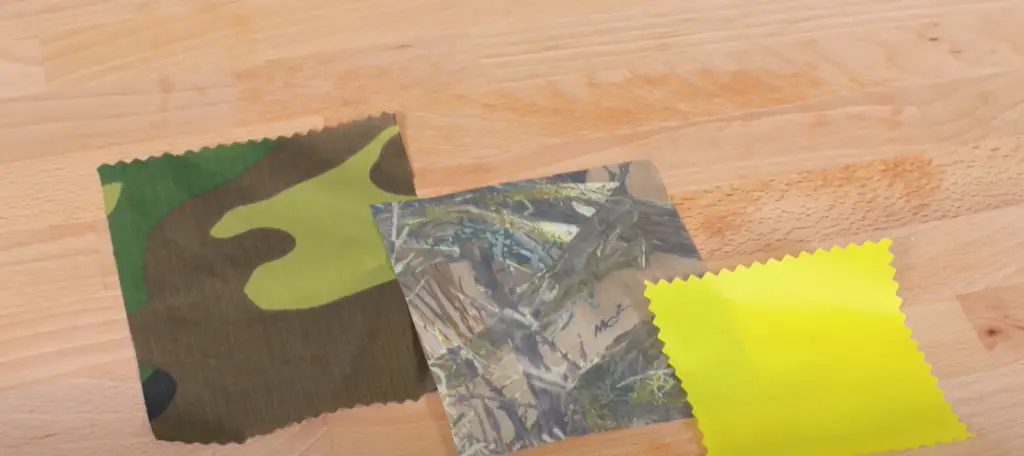
How Does Nylon Fabric Impact the Environment?
Nylon fabric is made from synthetic materials, which can have a negative impact on the environment. When nylon fabric is produced, harmful chemicals are released into the air. These chemicals can pollute the environment and cause health problems for people and animals alike.
Despite its negative impacts, nylon fabric is still a popular choice for businesses and consumers alike. This is due to its versatility and affordability. However, it is important to be aware of the environmental impacts of nylon before making a purchase.
Is Nylon Waterproof?
The quick answer is yes, nylon is waterproof. But there’s a lot more to it than that. Let’s take a closer look at what makes nylon waterproof and how you can make sure your gear stays dry in wet conditions.
Nylon is a synthetic polymer made from long chains of repeating molecular units. Nylon was first developed in the 1930s as an alternative to silk and other natural fibers. It quickly became popular for its strength, durability, and resistance to wear and tear.
Nylon is also hydrophobic, meaning it repels water. This property helps keep fabrics made from nylon dry and free from moisture damage.
However, just because nylon is waterproof doesn’t mean it’s impervious to water. Nylon fabrics can absorb water, and if they’re not treated properly, they can become saturated and waterlogged.
To prevent this from happening, you need to use a waterproofing treatment on your nylon gear. This will create a barrier that repels water and prevents it from seeping into the fabric.
With proper care and treatment, nylon fabrics can provide years of use in wet and dry conditions alike. So don’t let the fear of water damage keep you from enjoying your gear. Get out there and explore, safe in the knowledge that your nylon gear will keep you dry no matter what. [7]
FAQ
What are the benefits of nylon?
Nylon is a versatile fabric that can be used for a variety of applications. It is strong and durable, making it ideal for outdoor clothing and gear. Nylon is also lightweight and quick-drying, making it a good choice for activewear. Additionally, nylon is easy to care for and resists wrinkles, making it a good choice for travel clothes.
Nylon can also be treated to be water-resistant or waterproof, making it an ideal fabric for rainwear or winter clothing. Waterproof nylon is often used for ski jackets, snow pants, and raincoats. Nylon can also be used to make tents, tarps, and other camping gear.
Additionally, nylon can be dyed in a wide range of colors, making it a versatile fabric for fashion. It is often used to make sportswear, activewear, and outerwear. Nylon can also be used to make dresses, skirts, and blouses.
Is nylon high quality?
The answer to this question is a resounding yes! Nylon is one of the most popular synthetic fabrics on the market, and for good reason. It’s strong, durable, and has a variety of uses.
One common use for nylon is in outdoor gear. Tents, sleeping bags, and backpacks are often made from nylon because it resists wear and tear well. It’s also a good choice for clothing that will see a lot of use, like hiking pants or jackets.
Nylon is also easy to care for. It’s machine-washable and wrinkle-resistant, making it a low-maintenance fabric option.
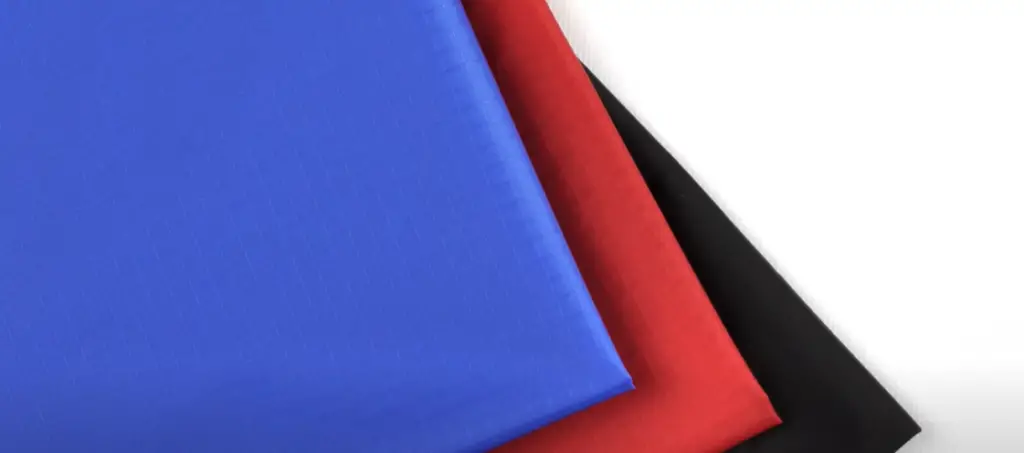
So, what about waterproofing? Can nylon be treated to make it waterproof?
The short answer is yes, but there are a few things to keep in mind. First, not all nylon is created equal. Some types of nylon are more waterproof than others. Second, even waterproof nylon can eventually succumb to water damage if it’s exposed to enough moisture over time.
That being said, treating your nylon gear with a waterproofing spray or sealant can help extend its lifespan and protect it from the elements. Just be sure to reapply as needed to maintain the water-resistant barrier.
With proper care, your nylon gear will last for years to come. So go ahead and take that next hike, camp out in comfort, or pack up for a rainy day adventure – knowing your gear can handle anything you throw its way.
What are the problems with nylon?
Nylon is a strong and durable fabric, but it’s not indestructible. Nylon fabrics can be damaged by sharp objects, and they’re not as resistant to tearing as other synthetic fabrics like polyester.
Additionally, nylon is not naturally waterproof fabric. While it can be treated to make it water-resistant or waterproof, it will eventually succumb to water damage if it’s exposed to enough moisture over time.
Finally, nylon is not a breathable fabric, so it’s not the best choice for activewear or other garments that need to wick away sweat. However, there are now many types of nylon fabrics that are treated with special finishes to make them more breathable. So if you’re looking for a nylon fabric that’s ideal for activewear, be sure to check for this feature before you buy.
Despite these drawbacks, nylon is still one of the most popular synthetic fabrics on the market.
Is nylon material breathable?
The short answer is no, nylon fabric is not breathable. However, the level of breathability will depend on the construction of the fabric and what type of coating or finish has been applied.
For example, a tightly woven nylon fabric with a waterproof coating is going to be less breathable than a lightweight nylon mesh fabric.
If you are looking for a fully waterproof and breathable fabric, you may want to consider Gore-Tex or another similar product.
Useful Video: NYLON VS POLYESTER – THE ULTIMATE SHOWDOWN
Conclusion
That’s it for our look at nylon! We hope this article has answered some of your questions about what nylon is, how it’s made, and its various applications. Have any other questions? Leave them in the comments below and we’ll do our best to answer them. And don’t forget to share this article with your friends and fellow outdoors enthusiasts – they may find it just as helpful as you did!
References:
- https://silverbobbin.com/what-is-nylon-fabric/
- https://sewport.com/fabrics-directory/nylon-fabric
- https://www.craftechind.com/top-3-commercial-uses-for-nylon/
- https://www.icis.com/explore/resources/news/2010/08/30/9388327/china-strengthens-position-in-nylon-fibers
- https://www.onlinefabricstore.com/product-group-nylon.aspx
- https://www.xometry.com/resources/materials/types-of-nylon/
- https://outlifeexpert.com/are-nylon-backpacks-waterproof/

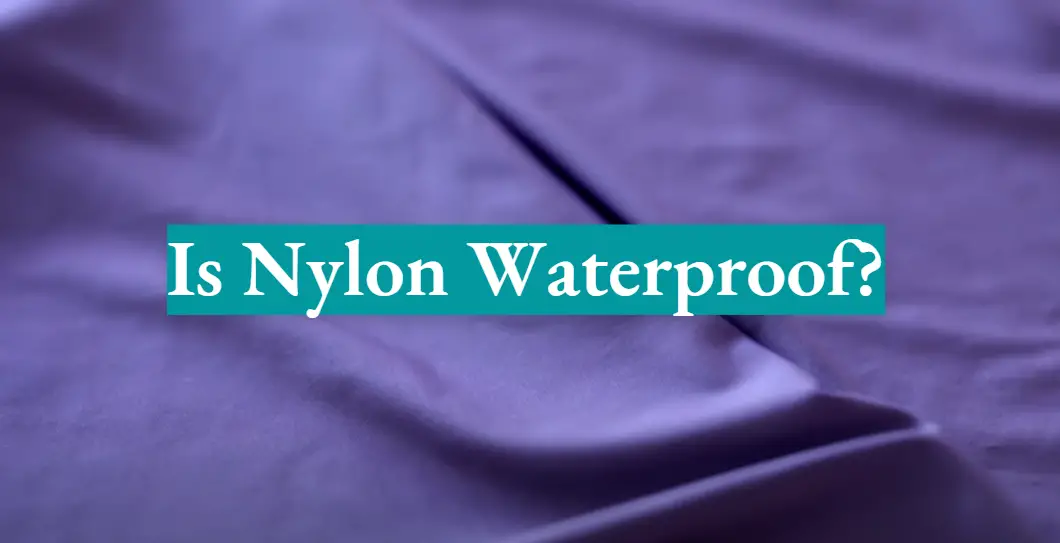




Leave a Reply